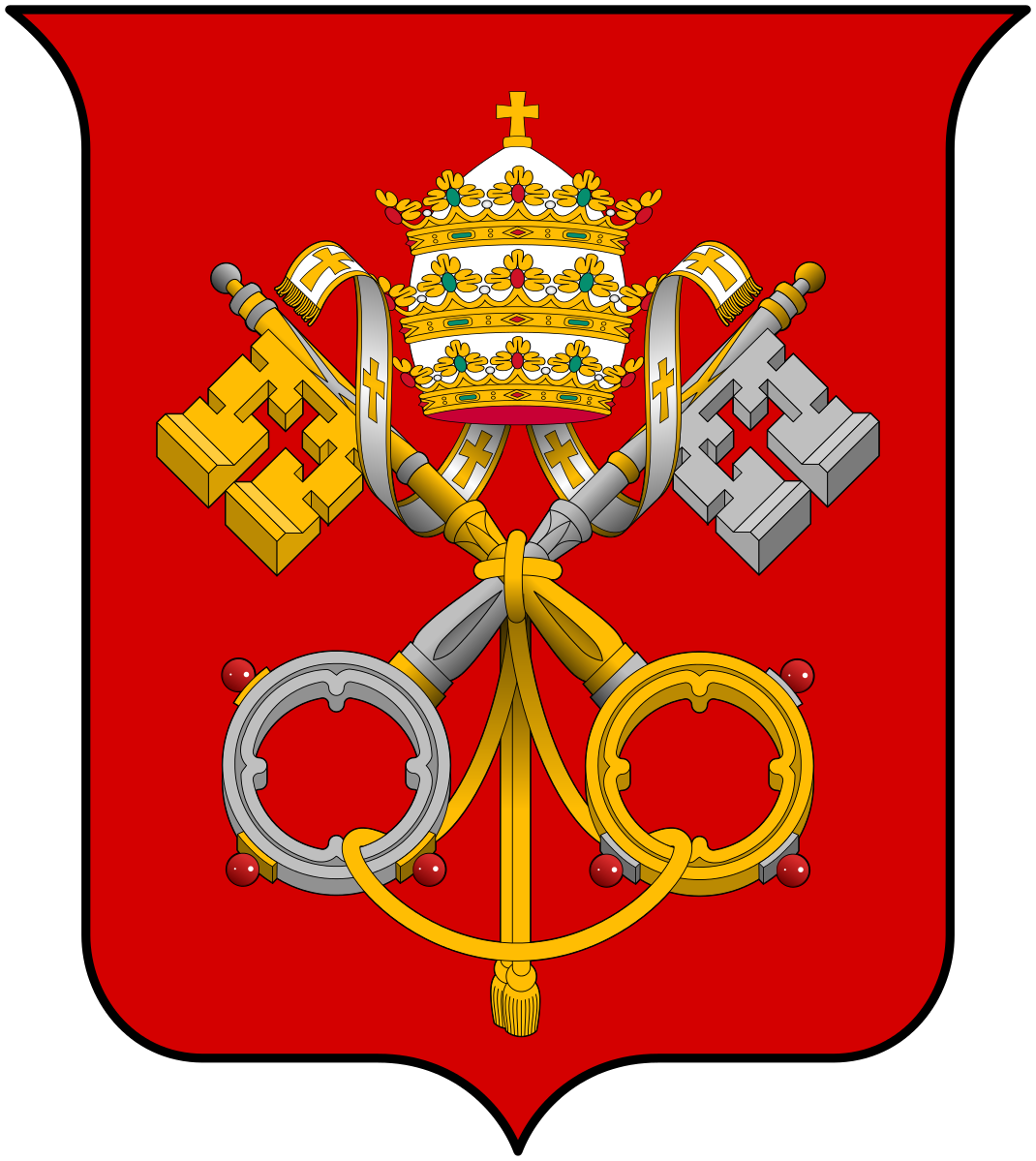JANUARY 12, 2020 – Several reasons existed for me not to watch The Two Popes. I’m not Catholic. Moreover, I have an extremely negative view of the history of Catholicism—and disgust for widespread pedophilia among parish priests and the coordinated coverup by church hierarchy. My family and I once for two seconds got within two meters of Pope John Paul II and were underwhelmed. Perhaps a kiss of his ring would’ve made a deeper impression, but that privilege wasn’t to be.
Several trustworthy sources, however, gave the film great acclaim, so yesterday evening my wife and I sat down with Beer and Pizza to watch The Two Popes on Netflix.
“Inspired by true events,” the screenplay is centered on a supposed extended 2012 visit between the arch-conservative, academician, Pope Benedict XVI (Joseph Ratzinger) and the down-to-earth Jesuit reformer, Cardinal Jorge Bergoglio (later, Pope Francis). Bergoglio’s purpose was to hand in his resignation, but Pope Benedict, concerned that it would be viewed as a protest, refuses it. The two wind up confessing to each other, and Pope Benedict confides that he intends to resign and wants Bergoglio to succeed him.
Based on my post-film research, however, the depicted visit and extended repartee between the two Holy Fathers were largely fictional. If you’re seeking an historically accurate documentary, you’ll be disappointed, except for some archival film of the “Dirty War” in Argentina in which the U.S.-backed military junta killed an estimated 30,000 Argentines from 1976 to 1983— a time during which Bergoglio/Francis compromised with the regime with bad consequences for his conscience.
John Cornwell, a critic writing for Vanity Fair, and critical of the film’s diversions from reality, also threw cold water on what I thought was some remarkable piano playing. In an extended after-dinner scene at the Papal Palace, Anthony Hopkins, who stars admirably as Pope Benedict, sits down at a Yamaha upright and actually plays . . . very well—some Smetana and some jazzy music (prior to that, from a distance he’s captured playing Debussy’s ever-popular Arabesque No. 1). His touch is very light, natural, musical, but, I thought—throwing Cornwell a bone—inconsistent with the Germanic rectitude of the character Hopkins plays). Cornwell criticizes it because it wasn’t Mozart—Ratzinger’s/Benedict’s favorite composer. To this, I say, get a life, Cornwell, and cut Hopkins some slack. When’s the last time you saw/heard an actor in a movie actually perform at a piano, and convincingly so, as his/her character is supposed to be doing?
In any event, I’d say the “inspired version” of “true events” was, well, highly inspired. The Two Popes depict(s) sin, redemption, evil, goodness, doubt, faith, human frailties and strengths in compelling and entertaining fashion. The movie gives the viewer much to digest and contemplate.
The drone shots of St. Peter’s square and the Papal summer residence at Castel Gandolfo are also very satisfying, and if for no other reason, you should see the movie for its jokes.
I give the whole production an enthusiastic “thumbs up.”
(Remember to subscribe to this blog and receive notifications of new posts by email.)
© 2020 Eric Nilsson
